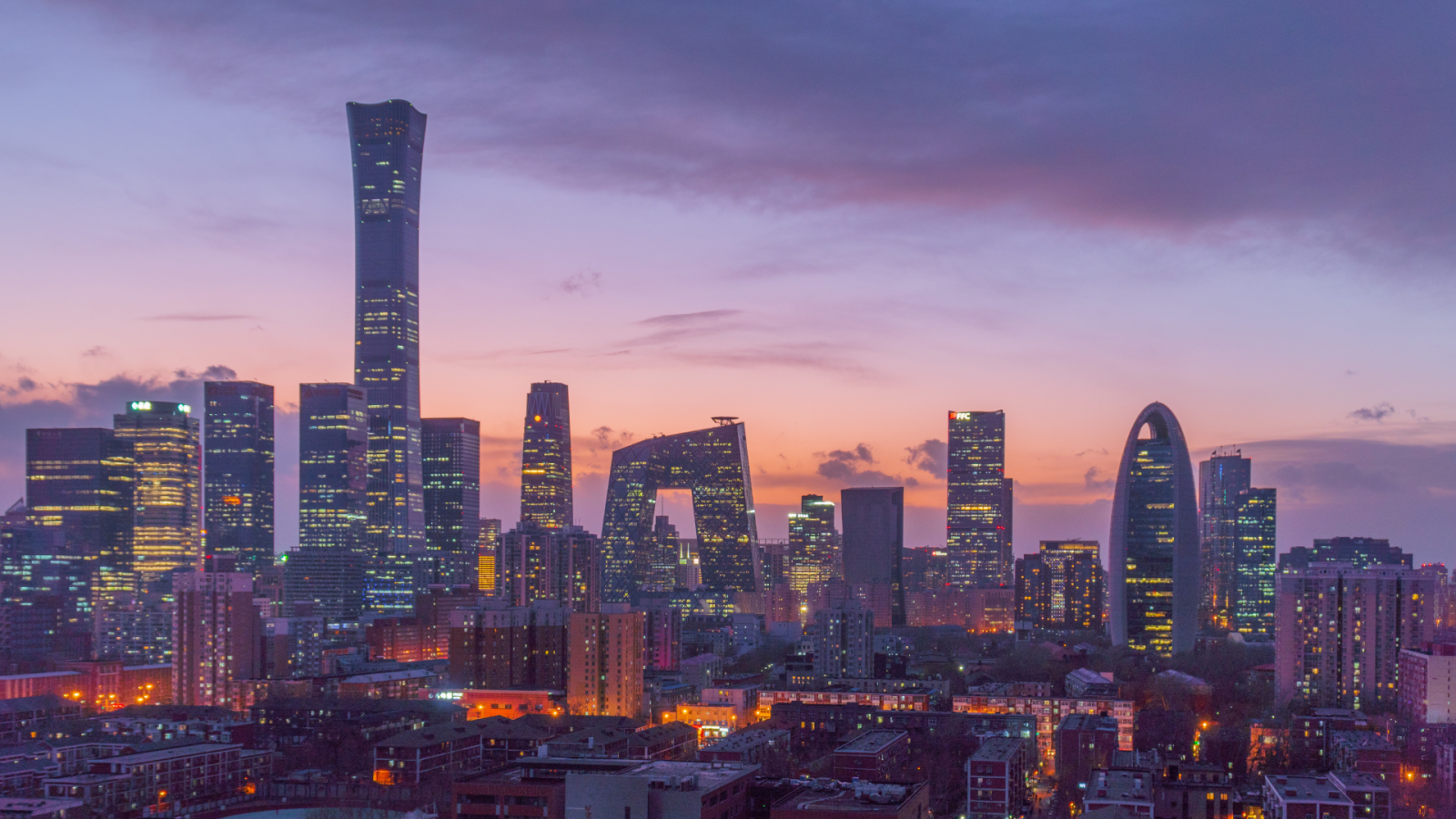TSLA
Tesla
-- 421.060 PLTR
Palantir
-- 80.550 NVDA
NVIDIA
-- 134.700 OXY
Occidental Petroleum
-- 47.130 AMD
Advanced Micro Devices
-- 119.210 
- A cut in the Reserve Requirement Ratio (RRR), 7 day interest rates and existing mortgage rates. With possible further RRR cuts.
- 500 billion CNY ($71 billion) will be injected into the stock markets. With the possibility of setting up a stock stabilisation fund.
- New measures will be put in place to encourage more M&A deals alongside with strengthened regulatory oversight.
Insanity: Doing the same thing over and over again and expecting different results
A successful and profitable trade is where preparation and opportunity meet.
Never test the depth of the water with both feet.




Cui Nyonya Kueh :
Invest With Cici : great article, good to read!
BLaCK K3YMATCH : This Oct can high
BLaCK K3YMATCH : Oct SG Trade..